Effective Bone Marrow Stem Cell Therapy in Malaysia: Treatments, Costs & Recovery
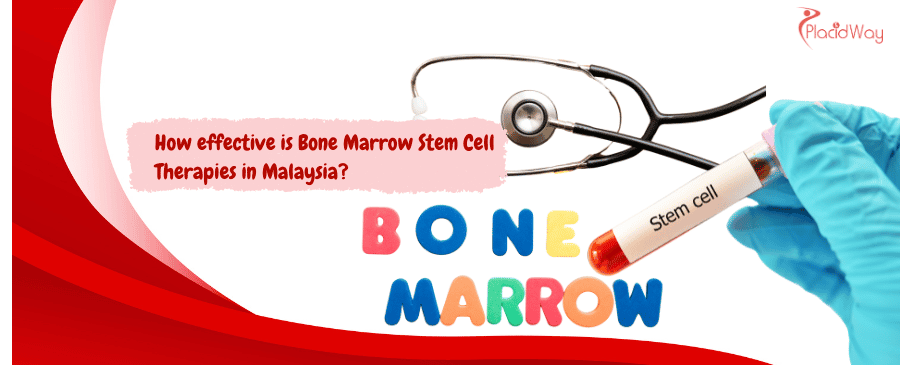
Welcome to a deep dive into the world of bone marrow stem cell therapies in Malaysia. If you're exploring innovative treatment options, you've likely encountered discussions about stem cells and their remarkable potential. Malaysia has emerged as a significant hub in the realm of regenerative medicine, offering various stem cell treatments, with bone marrow-derived stem cell therapy being a prominent one. These therapies harness the body's natural repair mechanisms, utilizing specialized cells from bone marrow to help regenerate damaged tissues and potentially alleviate symptoms of various conditions. Many people are searching for information on the safety, effectiveness, and practical aspects of undergoing such treatments in Malaysia. This comprehensive guide aims to address all your pressing questions, providing clear, concise answers alongside detailed explanations to help you make informed decisions about your healthcare journey. We'll explore everything from the regulatory landscape to success rates, costs, and the types of conditions these therapies can address, ensuring you have a complete picture of what to expect.
What is the effectiveness of bone marrow stem cell therapy for hematological conditions in Malaysia?
Bone marrow stem cell therapy, often referred to as hematopoietic stem cell transplantation (HSCT), is a well-established and highly effective treatment for various hematological (blood-related) conditions in Malaysia. These conditions include various forms of leukemia, lymphomas, multiple myeloma, severe aplastic anemia, and certain inherited blood disorders like thalassemia. The effectiveness is generally considered high, especially when performed in accredited centers with experienced medical teams.
- Allogeneic vs. Autologous Transplants: In Malaysia, both allogeneic (using donor cells) and autologous (using the patient's own cells) bone marrow transplants are performed. For allogeneic transplants, particularly for hematological malignancies, survival rates have been reported around 60%. Autologous transplants, often used for conditions like multiple myeloma, have shown survival rates around 52% in older data.
- Disease-Specific Outcomes: The effectiveness can vary significantly based on the specific disease. For instance, disease-free survival (DFS) for acute lymphoblastic leukemia (ALL) in pediatric patients can be over 60%, while for acute myeloid leukemia (AML) in adults, it might be around 30% at 10 years for autologous transplantation. For thalassemia, DFS can be as high as 70% at 10 years.
- Long-Term Survival: Studies on bone marrow transplants in Malaysia indicate that a significant percentage of patients achieve long-term survival, with some studies showing a 41.4% overall survival rate up to the end of 2006. Continuous advancements in medical protocols and supportive care contribute to improving these outcomes.
Is bone marrow stem cell therapy regulated in Malaysia?
Malaysia has a structured regulatory framework for stem cell therapy, emphasizing patient safety and ethical considerations. The Ministry of Health (MOH) is the primary governing body, with its "Guidelines for Stem Cell Research and Therapy" playing a crucial role. These guidelines dictate acceptable practices for both research and clinical application of stem cells.
- MOH Guidelines: The MOH guidelines ensure that stem cell research and therapies conform to ethical standards. They cover aspects like the source of stem cells, permissible and prohibited research, and the need for informed consent.
- NPRA Regulation: The National Pharmaceutical Regulatory Agency (NPRA) plays a vital role in regulating Cell and Gene Therapy Products (CGTPs). The NPRA treats CGTPs similarly to other biological pharmaceutical products, requiring stringent evaluation for safety, quality, and efficacy before they can be sold or used in Malaysia.
- Private Healthcare Facilities and Services Act 1998: All healthcare facilities offering stem cell treatments must operate under proper licensing and oversight as stipulated by this Act.
- Clinical Trials and Registries: For experimental or developmental stem cell therapies, participation in clinical trials registered with the National Medical Research Registry (NMRR) is encouraged. This promotes transparency and ethical conduct.
- Permitted Stem Cell Types: While human adult stem cells (from bone marrow, peripheral blood, cord blood, adipose tissue, dental pulp) are commonly used and researched, embryonic stem cells are subject to stricter controls. The creation of human embryos solely for research is forbidden, though research using supernumerary embryos from IVF is permitted under strict adherence to MOH guidelines.
What conditions can bone marrow stem cell therapy treat in Malaysia?
Bone marrow stem cell therapy, particularly hematopoietic stem cell transplantation (HSCT), is a cornerstone treatment for a range of serious conditions affecting the blood and immune system. The regenerative potential of these cells allows for the replacement of diseased or damaged cells with healthy ones.
The most common conditions treated with bone marrow stem cells in Malaysia include:
- Hematological Malignancies:
- Leukemia: Acute myeloid leukemia (AML), acute lymphoblastic leukemia (ALL), chronic myeloid leukemia (CML), and chronic lymphocytic leukemia (CLL).
- Lymphoma: Hodgkin lymphoma and non-Hodgkin lymphoma.
- Multiple Myeloma: A cancer of plasma cells.
- Bone Marrow Failure Syndromes:
- Severe Aplastic Anemia: A condition where the bone marrow stops producing enough new blood cells.
- Myelodysplastic Syndromes (MDS): A group of disorders where the bone marrow doesn't produce healthy blood cells.
- Inherited Blood Disorders:
- Thalassemia: A genetic blood disorder characterized by abnormal hemoglobin production.
- Sickle Cell Anemia: An inherited red blood cell disorder.
- Immune Deficiency Disorders: Certain severe combined immunodeficiency (SCID) disorders.
While the primary approved and widely practiced applications are for these conditions, research continues into other potential uses, including certain autoimmune diseases and regenerative applications. However, for these newer applications, it is crucial to ensure that the therapy is part of an approved clinical trial or adheres strictly to regulatory guidelines.
What are the types of bone marrow stem cell transplants available in Malaysia?
In Malaysia, medical centers performing bone marrow stem cell transplants provide various types of procedures tailored to the patient's specific condition and donor availability. The two main categories are autologous and allogeneic transplants, with further distinctions within allogeneic transplants.
- Autologous Transplant:
- In this procedure, the patient's own healthy stem cells are collected and stored before they undergo high-dose chemotherapy or radiation therapy to destroy diseased cells. After the intensive treatment, the patient's stored stem cells are returned to their body intravenously. These cells then travel to the bone marrow and begin producing new, healthy blood cells.
- This type of transplant eliminates the risk of graft-versus-host disease (GVHD) because the cells are from the patient's own body. It is commonly used for conditions like multiple myeloma and certain lymphomas.
- Allogeneic Transplant:
- This procedure involves using stem cells from a donor. The donor's tissue type (HLA) needs to match the patient's as closely as possible to reduce the risk of complications like GVHD.
- Related Donor Transplant: The most ideal allogeneic transplant is from an HLA-matched sibling.
- Unrelated Donor Transplant: If a matched sibling is not available, stem cells can be sourced from a matched unrelated donor through national or international registries.
- Umbilical Cord Blood Transplant: Stem cells from umbilical cord blood, collected at birth and stored, can also be used as a source for allogeneic transplants, particularly for pediatric patients.
- Haploidentical Transplant: This is a newer and increasingly common type of allogeneic transplant where the donor is only a half-match, typically a parent or child. Advances in immunosuppressive therapies have made this a viable option for patients who don't have a fully matched donor.
What is the cost of bone marrow stem cell therapy in Malaysia?
The cost of bone marrow stem cell therapy in Malaysia is a significant consideration for many patients. It's important to understand that the price can fluctuate widely based on several factors, making it challenging to provide a single fixed figure. However, generally, Malaysia offers these treatments at a more affordable rate compared to Western countries while maintaining high standards of care.
Here's a breakdown of factors influencing the cost:
- Type of Transplant: Allogeneic transplants, especially those involving an unrelated donor search and subsequent cell acquisition, tend to be more expensive than autologous transplants due to the complexity and additional procedures involved.
- Patient's Condition and Severity: The underlying disease being treated, its stage, and the patient's overall health can influence the treatment protocol, the number of cycles required, and consequently, the total cost.
- Hospital and Clinic Reputation: Renowned hospitals and specialized centers with state-of-the-art facilities and highly experienced medical teams may have higher fees.
- Duration of Hospital Stay: Bone marrow transplants often require extended hospitalization for conditioning chemotherapy, infusion, and monitoring for complications. The length of stay directly impacts the cost. A typical stay could be 20 days or more in the hospital, with a longer outpatient follow-up period.
- Pre-transplant Evaluation and Post-transplant Care: This includes extensive diagnostic tests (blood tests, imaging, biopsies), consultations, medications (e.g., immunosuppressants), and follow-up appointments, all of which add to the overall expense.
- Source of Stem Cells: Whether the stem cells are harvested from bone marrow, peripheral blood, or umbilical cord blood can also influence the cost due to differing collection and processing procedures.
- Complications: Any complications that arise during or after the transplant, such as infections or graft-versus-host disease (GVHD), will require additional treatment and significantly increase the total cost.
While specific prices are best obtained directly from clinics, some reports suggest that bone marrow transplants in Malaysia can start from around 120,000 Malaysian Ringgit (approximately $25,000 USD) for basic procedures and can go upwards of RM300,000 to RM500,000 (around $60,000 to $120,000 USD or more) for more complex cases or comprehensive packages that may include accommodation and other services for international patients.
What are the potential risks and side effects of bone marrow stem cell therapy?
While bone marrow stem cell therapy offers significant life-saving potential, it is a complex and intensive medical procedure that carries various risks and potential side effects. Patients undergoing this therapy are typically very ill, and the treatment itself can be challenging.
Here are the key risks and side effects:
- Infection: This is one of the most common and serious complications. The high-dose chemotherapy or radiation therapy used before the transplant severely weakens the patient's immune system, making them highly susceptible to bacterial, viral, and fungal infections. Patients remain at high risk of infection for several months to a year or more after the transplant.
- Graft-Versus-Host Disease (GVHD): This is a major complication specific to allogeneic transplants. It occurs when the donor's immune cells (the graft) recognize the recipient's cells (the host) as foreign and attack them. GVHD can affect various organs, including the skin, liver, and gastrointestinal tract, and can range from mild to severe and life-threatening.
- Graft Failure or Rejection: In some cases, the transplanted stem cells may not engraft (settle in the bone marrow and start producing blood cells) or may be rejected by the patient's immune system.
- Organ Damage: The high-dose chemotherapy and radiation used in conditioning regimens can cause damage to various organs, including the lungs, heart, liver, and kidneys.
- Mucositis: Inflammation and sores in the mouth and digestive tract are common side effects of chemotherapy, causing pain and difficulty eating.
- Nausea, Vomiting, and Diarrhea: These are common side effects of the conditioning regimen.
- Fatigue and Weakness: Patients often experience profound fatigue that can last for months or even years after the transplant.
- Hair Loss: Temporary hair loss is a common side effect of chemotherapy.
- Infertility: The conditioning treatment can damage reproductive organs, leading to temporary or permanent infertility.
- Secondary Cancers: Although rare, there is a slightly increased risk of developing secondary cancers (e.g., solid tumors or other blood cancers) years after a stem cell transplant due to the intense therapy.
- Cataracts: A potential long-term side effect, especially from radiation therapy.
- Psychological Impact: The physical and emotional toll of the treatment, including isolation, can lead to anxiety, depression, and other psychological challenges.
The medical team closely monitors patients for these risks and side effects, and supportive care is provided to manage them. The decision to undergo a transplant involves a careful assessment of these risks against the potential benefits for the patient's specific condition.
How long does the bone marrow stem cell transplant procedure take in Malaysia?
The bone marrow stem cell transplant procedure is not a single-day event but rather a multi-phase process that spans a considerable amount of time. It involves preparation, the transplant itself, and a long recovery period. Here's a general timeline:
- Pre-transplant Evaluation (1-4 weeks or more):
- This initial phase involves extensive tests to assess the patient's overall health, the extent of their disease, and their suitability for transplant. This includes blood tests, imaging scans (CT, MRI), organ function tests, dental evaluations, and psychological assessments.
- For allogeneic transplants, finding a suitable donor and performing compatibility testing (HLA matching) can also take several weeks to months.
- Conditioning Regimen (1-2 weeks):
- Once a patient is deemed ready, they undergo a "conditioning regimen" in the hospital. This involves high-dose chemotherapy, sometimes combined with radiation therapy, to destroy existing diseased bone marrow cells and suppress the immune system to prevent rejection of the new stem cells.
- This is a very intensive period, and patients will experience significant side effects during this time.
- Stem Cell Infusion (1 day):
- After the conditioning regimen is complete, the healthy stem cells (harvested from the patient or donor) are infused intravenously, much like a blood transfusion. This part of the procedure is relatively quick, usually taking a few hours.
- Engraftment and Initial Recovery (2-4 weeks post-infusion):
- After the infusion, the patient remains in the hospital. This is the critical period where the transplanted stem cells travel to the bone marrow and begin to "engraft" – meaning they start producing new blood cells.
- During this time, the patient's blood counts will be very low, making them highly vulnerable to infections and bleeding. They will receive intensive supportive care, including blood transfusions, antibiotics, and anti-nausea medications.
- Once blood counts recover to a safe level, and the patient's general condition improves, they can typically be discharged from the hospital.
- Outpatient Recovery and Long-Term Follow-up (Several months to over a year):
- After discharge, patients still require close medical supervision and frequent outpatient visits. Full immune system recovery can take anywhere from 6 months to over a year, or even longer for allogeneic transplants, as the new immune system develops.
- During this period, patients must adhere to strict hygiene practices and may be on various medications, including immunosuppressants (for allogeneic transplants) and prophylactic antibiotics.
- Regular monitoring for complications like GVHD (if applicable), infections, and relapse is crucial.
So, while the actual infusion is quick, the entire transplant journey is lengthy and requires significant commitment from the patient and their caregivers.
Are there age limits for bone marrow stem cell therapy in Malaysia?
Historically, bone marrow stem cell transplants were primarily performed on younger patients due to the intensity of the conditioning regimens and the associated risks. However, with advancements in medical science, including less intensive conditioning protocols and improved supportive care, the age criteria have become more flexible.
- Focus on Physiological Age: Instead of a strict chronological age cutoff, medical centers in Malaysia, like those globally, assess a patient's "physiological age" or "fitness." This involves a thorough evaluation of their overall health, organ function (heart, lungs, kidneys, liver), and their ability to withstand the demanding nature of the transplant process.
- Co-morbidities: The presence and severity of other medical conditions (co-morbidities) are critical factors. Patients with significant pre-existing health issues may not be suitable candidates, regardless of their age, as the risks of complications can outweigh the potential benefits.
- Disease Type and Urgency: The type of disease being treated and the urgency of the transplant also play a role. For some aggressive cancers, a transplant might be considered even if the patient is older, provided their overall health status is good.
- Individualized Assessment: Each patient undergoes a comprehensive individualized assessment by a multidisciplinary team, including hematologists, oncologists, transplant coordinators, and other specialists, to determine their eligibility. This assessment considers not just age but also performance status, organ function tests, and psychological well-being.
While pediatric patients form a significant portion of bone marrow transplant recipients for certain conditions, adults, including older adults, are increasingly undergoing these procedures if they meet the stringent health criteria. Therefore, if you are considering this therapy, it's essential to have a thorough discussion with a specialist who can assess your specific situation.
What is the recovery process like after a bone marrow stem cell transplant in Malaysia?
The recovery process following a bone marrow stem cell transplant is a marathon, not a sprint. It's a challenging journey that requires immense patience, resilience, and strict adherence to medical advice. The recovery can be broadly divided into immediate (hospitalization) and long-term (outpatient) phases.
Immediate Recovery (Hospitalization Phase):
- Engraftment: After the stem cell infusion, the most critical period is waiting for the new stem cells to engraft in the bone marrow and start producing healthy blood cells. This typically takes 2-4 weeks. During this time, blood counts (white blood cells, red blood cells, platelets) will be very low, leading to:
- High Risk of Infection: Patients are highly susceptible to infections and are often kept in sterile environments. Strict hygiene protocols are followed.
- Bleeding and Anemia: Low platelet and red blood cell counts may necessitate frequent transfusions.
- Side Effects from Conditioning: Nausea, vomiting, fatigue, mucositis (mouth sores), and hair loss are common. Pain management and nutritional support are crucial.
- Discharge Criteria: Patients are typically discharged once their blood counts have recovered to a safe level, they can eat and drink adequately, and any acute complications are under control.
Long-Term Recovery (Outpatient Phase):
- Immune System Recovery: This is the longest phase. Full immune system recovery can take 6 months to a year, or even longer (up to 2-3 years for allogeneic transplants). During this time, patients remain vulnerable to infections and require prophylactic medications.
- Medication Management: Patients, especially those with allogeneic transplants, will be on immunosuppressive drugs to prevent or treat GVHD, as well as various other medications to prevent infections and manage side effects.
- Frequent Follow-ups: Regular clinic visits are essential for blood tests, monitoring for complications (like GVHD or relapse), adjusting medications, and assessing overall progress.
- Fatigue and Physical Rehabilitation: Persistent fatigue is common and can be debilitating. Physical therapy and a gradual return to activities are often recommended.
- Nutritional Support: Patients may have ongoing digestive issues and require nutritional counseling to regain strength and weight.
- Psychological and Emotional Support: The journey can be emotionally taxing. Counseling and support groups can be beneficial.
- Return to Normal Activities: The timeline for returning to work, school, or regular social activities varies greatly depending on the individual's recovery, type of transplant, and any complications. It's often a gradual process.
Throughout the entire recovery, close communication with the medical team is vital. Patients and their caregivers need to be vigilant for any signs of complications and seek prompt medical attention when needed.
What is the success rate of bone marrow stem cell therapy in Malaysia for different diseases?
The success rates of bone marrow stem cell therapy in Malaysia are comparable to international standards, particularly for established indications. However, it's crucial to understand that "success" can be defined in various ways (e.g., overall survival, disease-free survival, remission rates), and rates vary significantly depending on the specific disease, its stage, the patient's age and overall health, the type of transplant, and the quality of post-transplant care.
Based on available data and general trends in bone marrow transplantation:
- Overall Survival Rates:
- For allogeneic transplants (using donor cells), particularly for hematological malignancies, studies from Malaysia have reported overall survival rates of approximately 60%.
- For autologous transplants (using the patient's own cells), typically used for multiple myeloma and some lymphomas, overall survival rates have been cited around 52% in older datasets.
- Disease-Specific Success:
- Acute Lymphoblastic Leukemia (ALL): In pediatric populations, disease-free survival (DFS) can exceed 60%.
- Acute Myeloid Leukemia (AML): DFS for AML patients at 10 years can be around 60% for allogeneic transplantation, though it may be lower (less than 40%) for autologous transplantation, especially in adults.
- Thalassemia: For patients, often younger, transplanted for thalassemia, DFS can be as high as 70% at 10 years.
- Chronic Myeloid Leukemia (CML): DFS can be over 50% at 10 years.
- Aplastic Anemia: DFS can be over 50% at 10 years.
- Factors Influencing Success:
- Disease Status: Patients undergoing transplantation in earlier stages of their disease or in remission often have better outcomes.
- Donor Match: A perfectly matched donor (for allogeneic transplants) significantly improves success rates and reduces complications like GVHD.
- Patient's Age and Health: Younger patients and those with fewer co-morbidities generally tolerate the treatment better and have higher success rates.
- Complications: The occurrence and severity of complications like infections, GVHD, or relapse can negatively impact success rates.
- Medical Facility and Expertise: The experience of the transplant team, the advanced facilities, and comprehensive supportive care provided by the medical center play a crucial role in improving outcomes.
It's important for patients to discuss specific success rates and potential outcomes related to their individual case with their treating physicians in Malaysia, as these statistics are general and individual results can vary.
What is the typical hospital stay duration for bone marrow stem cell therapy in Malaysia?
The duration of hospitalization for a bone marrow stem cell transplant in Malaysia is a critical aspect of the treatment process. It's significantly longer than many other medical procedures due to the intensity of the therapy and the patient's vulnerability during the immediate post-transplant period.
Here's a breakdown:
- Conditioning Regimen: Before the actual stem cell infusion, patients undergo a conditioning regimen of high-dose chemotherapy and/or radiation. This phase usually lasts about 1 to 2 weeks within the hospital. The goal is to destroy existing diseased cells and prepare the bone marrow for the new stem cells.
- Infusion and Engraftment: The stem cell infusion itself is typically a one-day procedure. Following the infusion, the patient remains hospitalized while waiting for the new stem cells to "engraft" – meaning they settle in the bone marrow and begin to produce new blood cells. This engraftment period is critical and can take 2 to 4 weeks, sometimes longer.
- Vulnerability to Infection: During the engraftment phase, the patient's immune system is severely compromised, making them highly susceptible to infections. They are kept in a sterile environment and closely monitored.
- Management of Side Effects: The hospital stay also allows for close management of side effects from the conditioning regimen, such as severe nausea, vomiting, mucositis (mouth sores), and fatigue. Patients may require intravenous fluids, nutritional support, and pain medication.
- Discharge Criteria: Patients are typically discharged from the hospital once their blood counts (especially white blood cells) have recovered to a safe level, they are afebrile (without fever), can take oral medications, and are able to eat and drink adequately.
- Total In-hospital Duration: Combining these phases, the total in-hospital stay for a bone marrow stem cell transplant generally ranges from 3 to 4 weeks. However, this can be shorter or longer depending on individual patient response, the type of transplant, and whether any complications arise. For instance, if a patient develops severe infections or graft-versus-host disease (GVHD), their hospital stay will be extended.
After discharge, patients still need to stay in close proximity to the transplant center for frequent outpatient follow-ups and continued monitoring during the long-term recovery phase.
How to choose a reputable clinic for bone marrow stem cell therapy in Malaysia?
Choosing the right clinic for bone marrow stem cell therapy is paramount, given the complexity and critical nature of the procedure. Malaysia has several reputable medical centers, but careful selection is essential. Here's a comprehensive guide to help you make an informed decision:
- Accreditation and Regulatory Compliance:
- Ministry of Health (MOH) Licensing: Ensure the clinic or hospital is licensed under Malaysia's Private Healthcare Facilities and Services Act 1998. This confirms they meet national healthcare standards.
- NPRA Regulation: For stem cell products, verify that the clinic adheres to the National Pharmaceutical Regulatory Agency (NPRA) guidelines for Cell and Gene Therapy Products (CGTPs), ensuring safety and quality.
- International Accreditation: Look for international accreditations such as Joint Commission International (JCI), which signify adherence to global patient safety and quality-of-care standards. Many leading Malaysian hospitals hold JCI accreditation.
- Experience and Expertise:
- Specialization: Choose a center with a dedicated Bone Marrow Transplant (BMT) or Hematopoietic Stem Cell Transplant (HSCT) unit. These specialized units have the necessary infrastructure, trained staff, and protocols specifically for transplants.
- Volume of Procedures: Inquire about the number of bone marrow transplants performed annually. Higher volumes often correlate with greater experience and better outcomes.
- Medical Team Qualifications: Verify that the hematologists, oncologists, transplant coordinators, and nurses are board-certified, highly experienced in stem cell transplantation, and have specific training in this field.
- Technology and Facilities:
- State-of-the-Art Infrastructure: A reputable center will have advanced laboratory facilities for stem cell processing and storage, specialized isolation rooms for transplant patients, and modern diagnostic and imaging equipment.
- Supportive Care: Assess the availability of comprehensive supportive care services, including intensive care units (ICU), blood banks, infectious disease specialists, and nutritional support.
- Transparency and Communication:
- Clear Treatment Plans: The clinic should provide a detailed treatment plan, including all stages of the transplant, potential risks, and expected outcomes.
- Cost Transparency: Request a comprehensive breakdown of all costs involved, including hospitalization, medication, diagnostic tests, and follow-up care, to avoid hidden fees.
- Informed Consent: Ensure a thorough informed consent process where all aspects of the experimental or approved nature of the therapy are clearly explained.
- Patient Education: A good clinic will invest time in educating patients and their families about the procedure and recovery.
- Patient Reviews and Outcomes:
- Testimonials and Success Stories: While direct testimonials on a clinic's website can be curated, look for third-party reviews on independent medical forums or platforms.
- Outcome Data: Inquire if the clinic can provide anonymized outcome data for the specific condition you are seeking treatment for, where available and permissible.
- Ethical Practices: Ensure the clinic adheres to ethical guidelines, especially regarding stem cell sourcing and unproven therapies. Be wary of clinics promising "miracle cures" without scientific evidence.
Are clinical trials for bone marrow stem cell therapy available in Malaysia?
Malaysia is actively involved in medical research and advancements, including the field of stem cell therapy. Clinical trials are a crucial part of developing new treatments and expanding the applications of existing ones, like bone marrow stem cell therapy. Therefore, clinical trials for various indications are indeed conducted in Malaysia.
- National Medical Research Registry (NMRR): The primary platform for registering and verifying clinical trials in Malaysia is the National Medical Research Registry (NMRR). This registry provides public information on ongoing studies, ensuring transparency and adherence to ethical guidelines. If you are considering an experimental stem cell therapy, it is highly advisable to check if it is registered and approved by the relevant authorities.
- Ethical Oversight: All clinical trials involving human subjects in Malaysia must undergo rigorous review and approval by institutional ethics committees (IECs) or institutional review boards (IRBs) before they can proceed. This ensures that patient safety and ethical considerations are prioritized.
- Focus Areas: While bone marrow stem cell therapy is well-established for hematological disorders, clinical trials may explore:
- New conditioning regimens to reduce toxicity.
- Strategies to prevent or treat complications like graft-versus-host disease (GVHD).
- The use of bone marrow-derived mesenchymal stem cells (MSCs) for regenerative purposes in conditions like osteoarthritis, neurological disorders, or autoimmune diseases, though these applications are generally more in the research phase compared to traditional HSCT.
- Improved methods for stem cell harvesting, processing, and storage.
- Participation: Patients interested in participating in clinical trials should discuss this option with their doctors. Eligibility criteria are often strict, and not every patient will qualify. Participation in a clinical trial can offer access to cutting-edge treatments but also carries inherent risks associated with experimental therapies.
For the most up-to-date information on specific clinical trials, it is best to consult with medical specialists in reputable Malaysian hospitals or refer to the NMRR website.
What are the post-transplant care requirements after bone marrow stem cell therapy in Malaysia?
Post-transplant care is a crucial and intensive phase of the bone marrow stem cell therapy journey, often lasting for many months or even years. It is designed to support the patient's recovery, prevent complications, and monitor for any signs of disease relapse. In Malaysia, reputable transplant centers provide comprehensive post-transplant care protocols.
Key aspects of post-transplant care include:
- Frequent Outpatient Visits: Immediately after discharge from the hospital, patients will have very frequent clinic appointments (sometimes daily or several times a week) for blood tests, physical examinations, and assessments. As recovery progresses, these visits become less frequent but continue for a long duration.
- Medication Management:
- Immunosuppressants: For allogeneic transplant recipients, these medications are vital to prevent graft-versus-host disease (GVHD) and are gradually tapered over months or years.
- Anti-infective Prophylaxis: Patients will receive a combination of antibiotics, antifungals, and antiviral medications for an extended period to prevent opportunistic infections while their immune system rebuilds.
- Other Medications: Depending on side effects and complications, patients may need medications for pain, nausea, stomach protection, or blood pressure.
- Infection Prevention: Given the suppressed immune system, strict precautions are necessary:
- Avoiding large crowds and sick individuals.
- Practicing meticulous hand hygiene.
- Adhering to dietary restrictions to avoid foodborne infections.
- Receiving recommended vaccinations (once the immune system recovers sufficiently, typically after 6-12 months).
- Monitoring for Complications: The medical team will continually monitor for:
- Graft-Versus-Host Disease (GVHD): Especially in allogeneic transplants, ongoing assessment for signs of acute or chronic GVHD affecting the skin, liver, gut, lungs, or other organs.
- Relapse of the Original Disease: Regular tests are performed to detect any recurrence of the underlying condition.
- Organ Toxicity: Monitoring for any long-term damage to organs like kidneys, liver, heart, or lungs that may have resulted from the conditioning regimen.
- Blood Count Recovery: Regular checks to ensure the new bone marrow is consistently producing healthy blood cells.
- Nutritional Support: Many patients experience changes in taste, appetite, and digestion. Nutritional counseling and support are often provided to ensure adequate caloric intake and nutrient absorption for recovery.
- Physical and Psychological Rehabilitation: Fatigue is a common and prolonged side effect. Physical therapy may be recommended to regain strength and stamina. Psychological support and counseling are often available to help patients cope with the emotional challenges of recovery.
- Lifestyle Adjustments: Patients are usually advised on safe levels of activity, sun exposure, and avoiding certain environmental risks during their recovery.
Effective post-transplant care is as vital as the transplant itself for long-term success and quality of life.
Can international patients access bone marrow stem cell therapy in Malaysia?
Malaysia has established itself as a leading destination for medical tourism, and advanced treatments like bone marrow stem cell therapy are certainly accessible to international patients. The country's healthcare system is known for its high standards, modern facilities, and English-speaking medical professionals, making it an attractive option for those seeking treatment abroad.
Here's why and how international patients can access these therapies in Malaysia:
- Advanced Medical Infrastructure: Many private hospitals in Malaysia, particularly in major cities like Kuala Lumpur and Penang, are equipped with state-of-the-art technology and dedicated departments for hematology, oncology, and stem cell transplantation. These facilities often meet international accreditation standards.
- Experienced Specialists: Malaysia boasts a pool of highly qualified and internationally trained medical specialists, including hematologists and oncologists with extensive experience in performing bone marrow transplants.
- Cost-Effectiveness: A significant draw for international patients is the competitive pricing of medical treatments in Malaysia compared to Western countries like the United States, Europe, or Australia, often without compromising on quality of care.
- Medical Tourism Support: Many Malaysian hospitals have dedicated international patient centers or departments that assist foreign patients with various aspects of their medical journey. This support often includes:
- Visa Assistance: Guidance and support for obtaining medical visas.
- Accommodation and Travel Arrangements: Help with booking hotels or long-stay apartments, and arranging airport transfers.
- Language Services: Provision of interpreters if needed, though English is widely spoken in medical settings.
- Teleconsultations: Initial consultations can sometimes be arranged remotely before the patient travels.
- Regulatory Framework: The robust regulatory framework by the Ministry of Health and NPRA provides a level of assurance regarding the safety and quality of treatments offered.
- Pre-Assessment: International patients typically undergo a thorough pre-assessment of their medical records to determine their eligibility and to develop a preliminary treatment plan before they travel to Malaysia. This ensures that the patient is a suitable candidate and helps in estimating costs and duration of stay.
For international patients considering bone marrow stem cell therapy in Malaysia, it is advisable to connect with a reputable medical tourism facilitator or directly contact the international patient services of accredited Malaysian hospitals to get detailed information, treatment plans, and cost estimates tailored to their specific needs.
Explore PlacidWay for solutions related to medical tourism, healthcare services, or other relevant offerings.
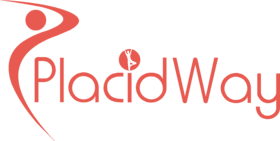

.png)

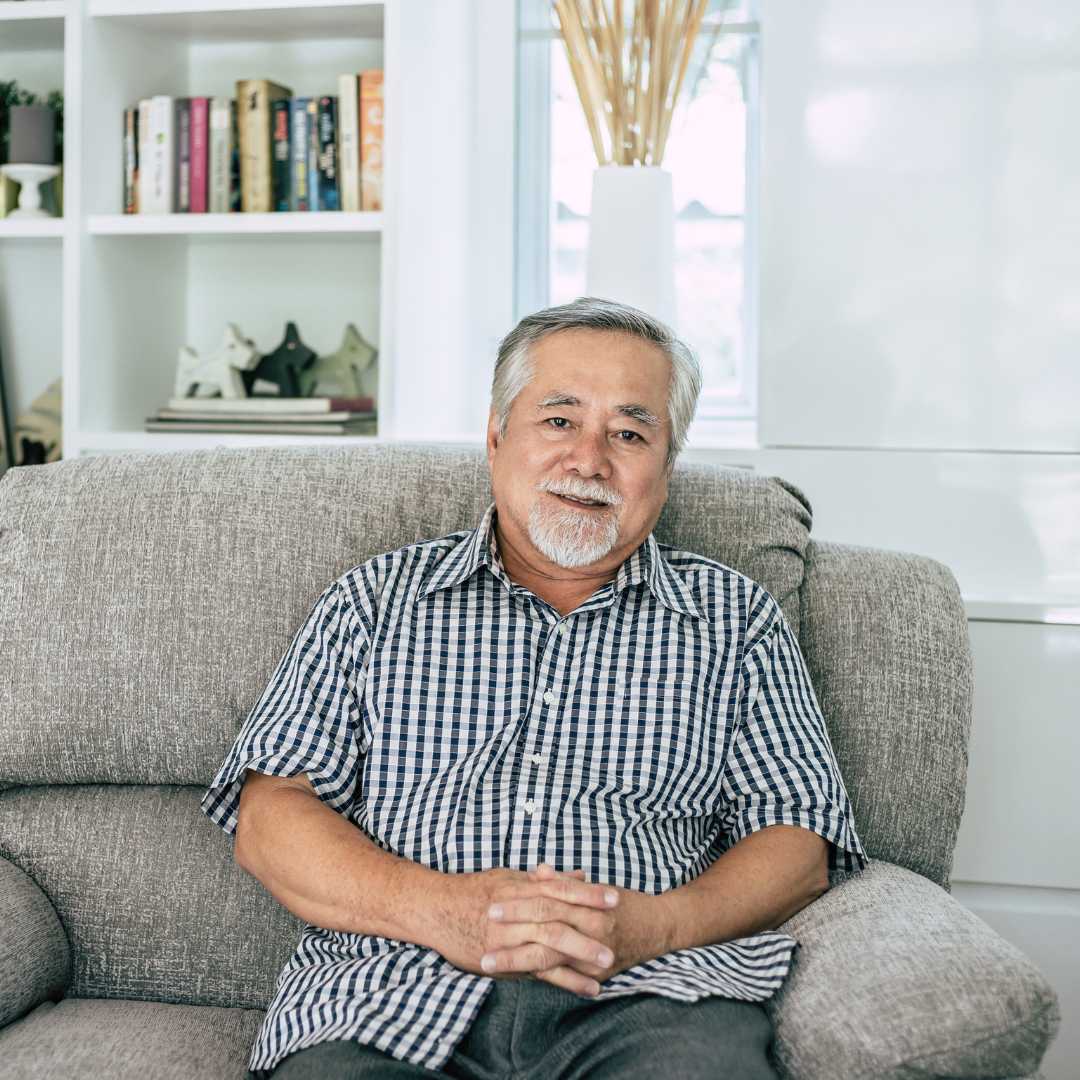
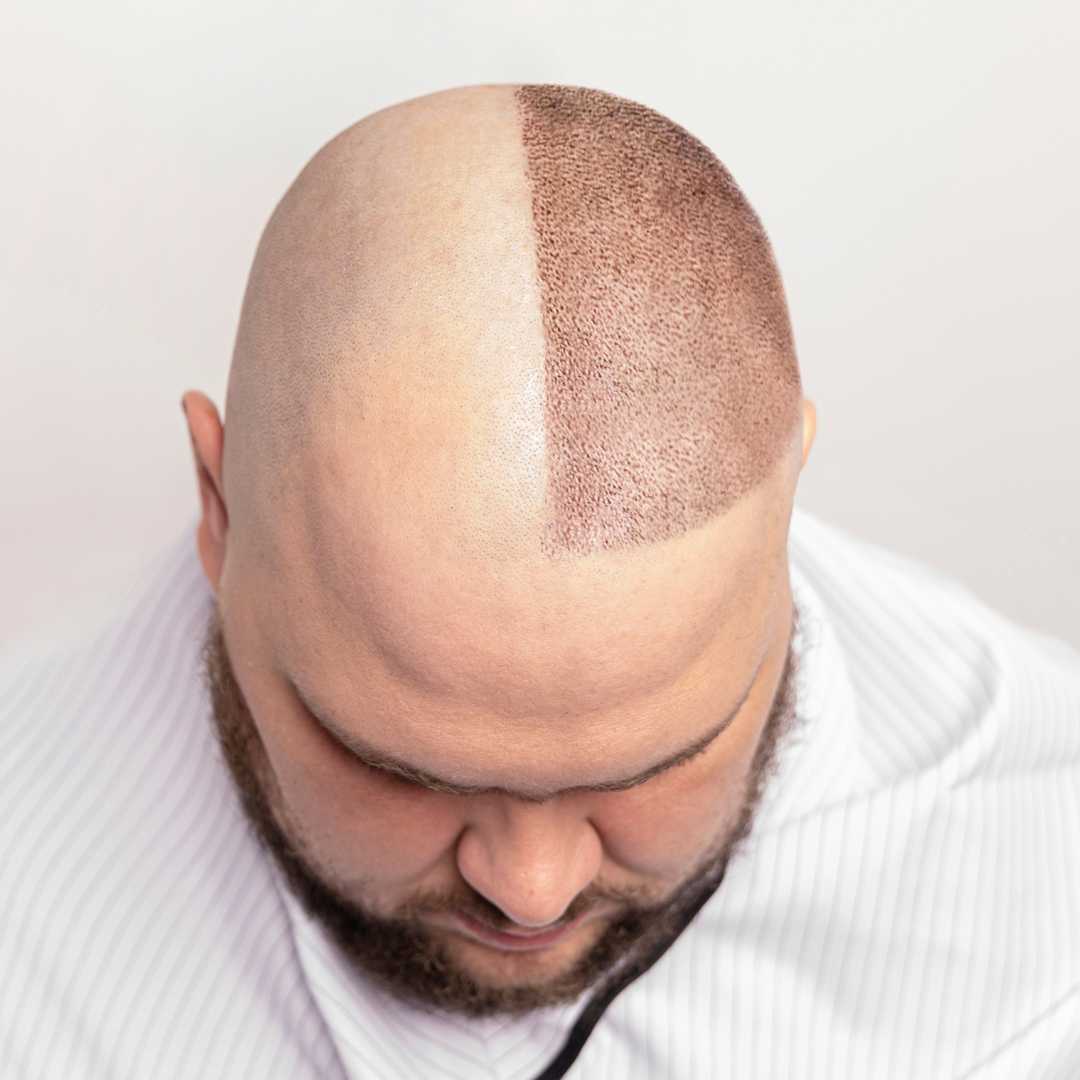

.jpg)



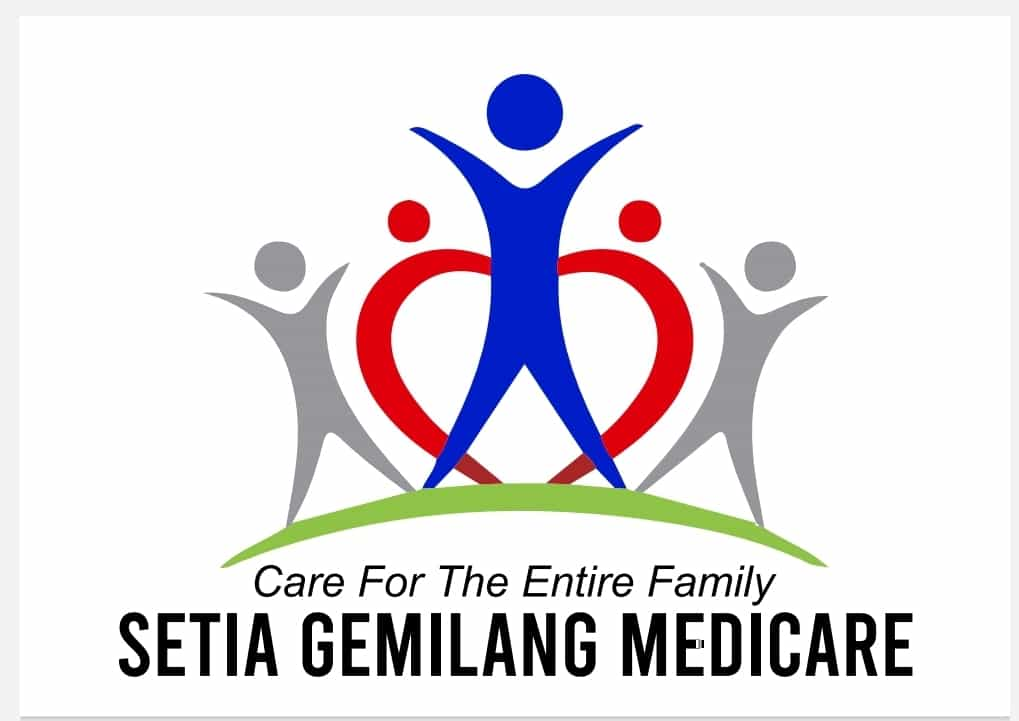

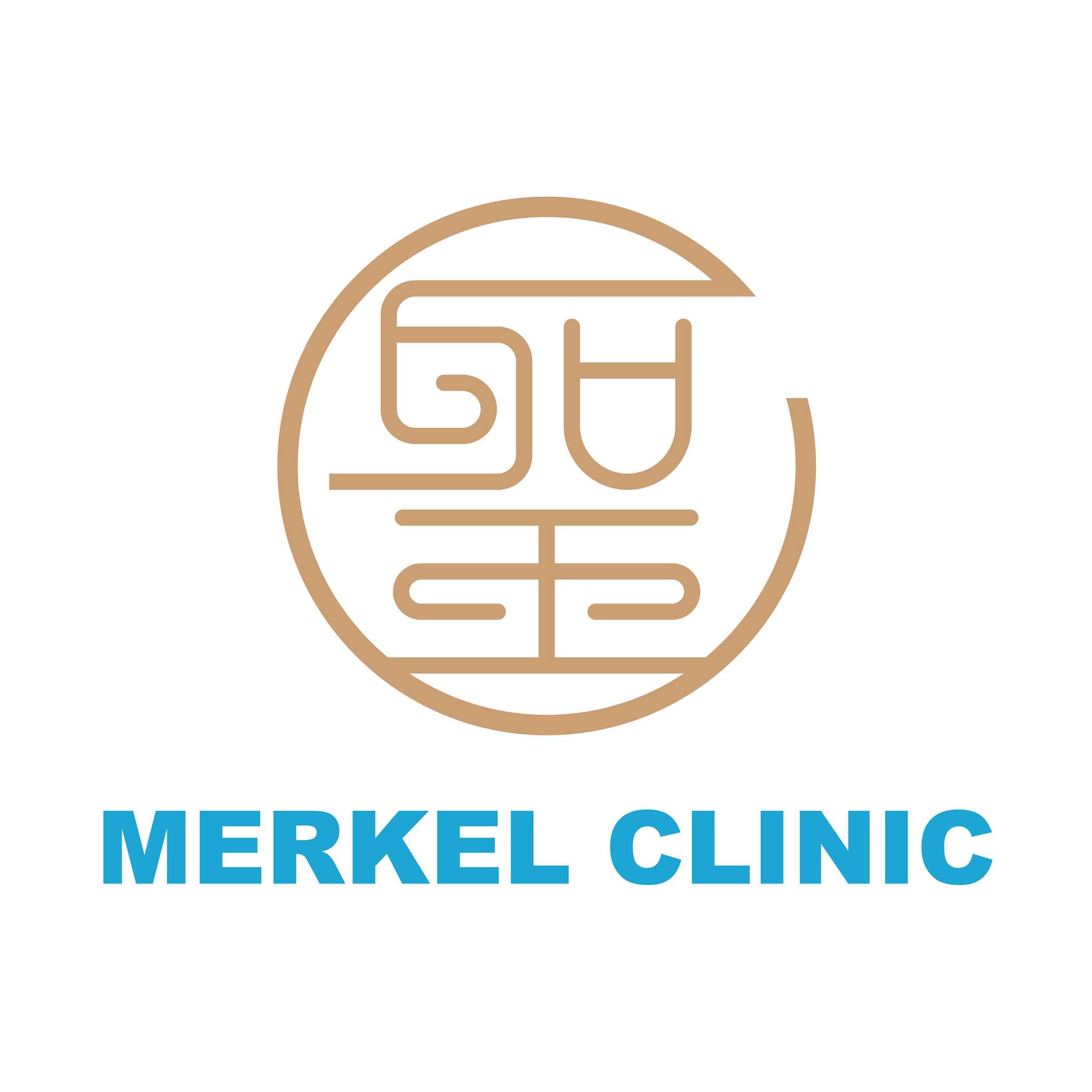
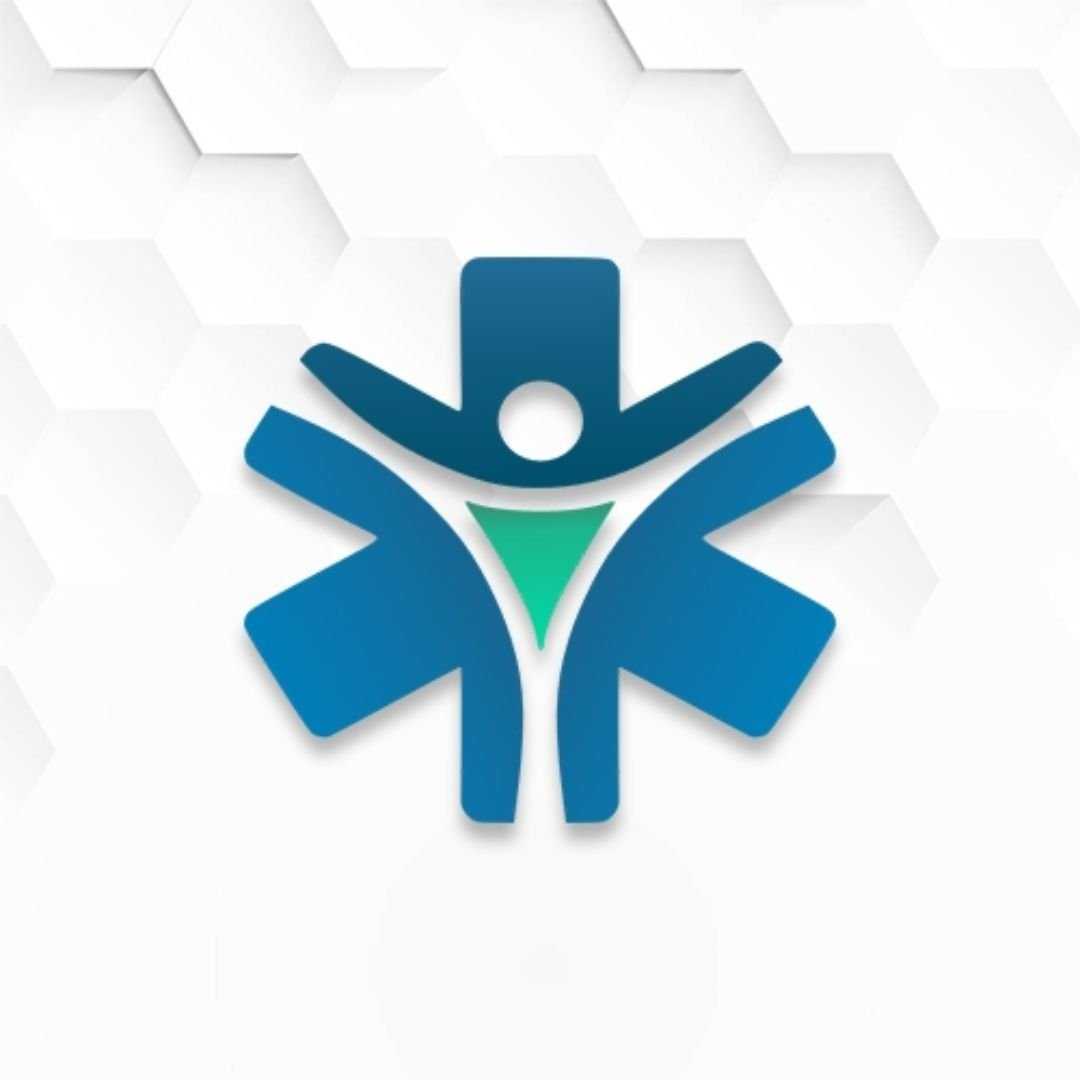
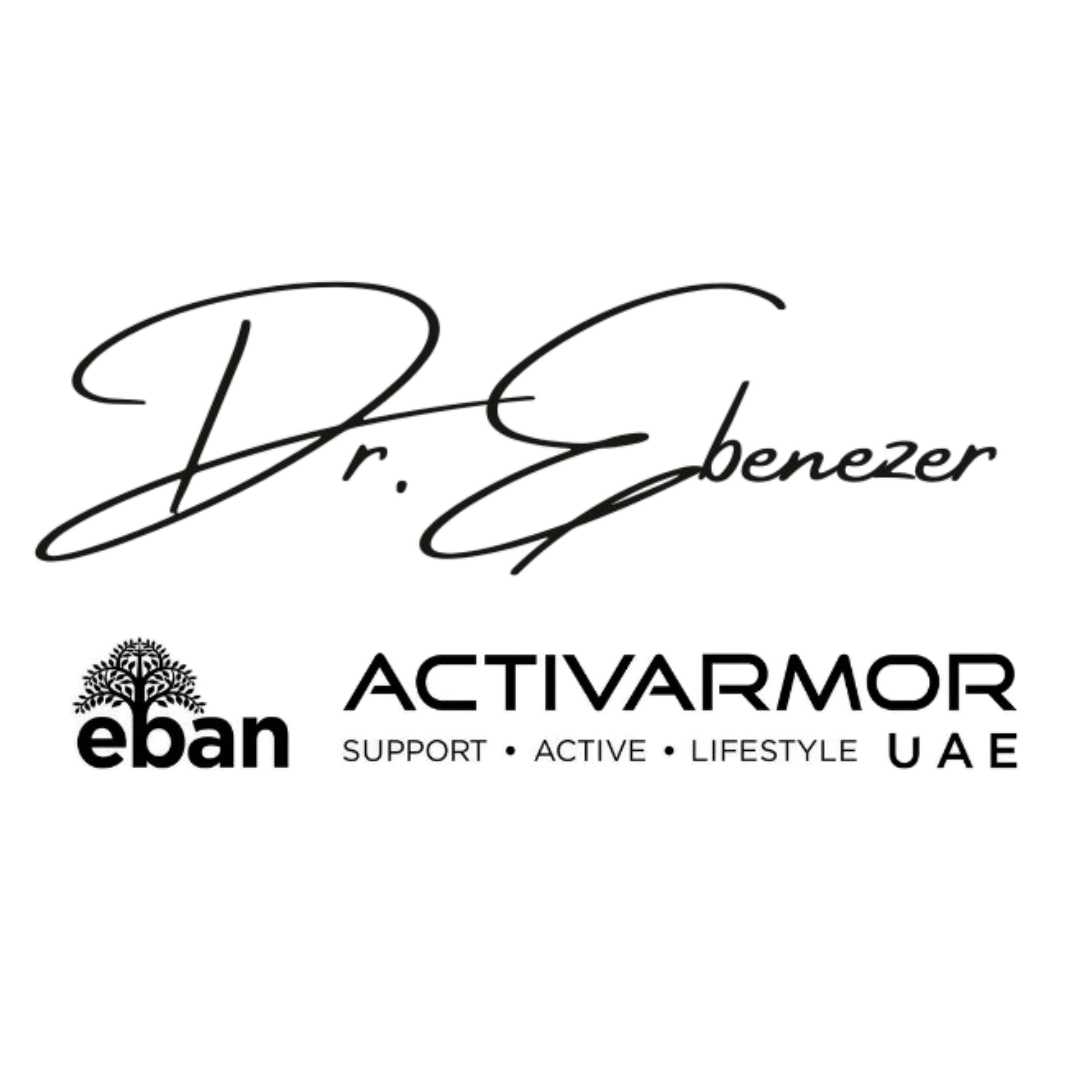

Share this listing